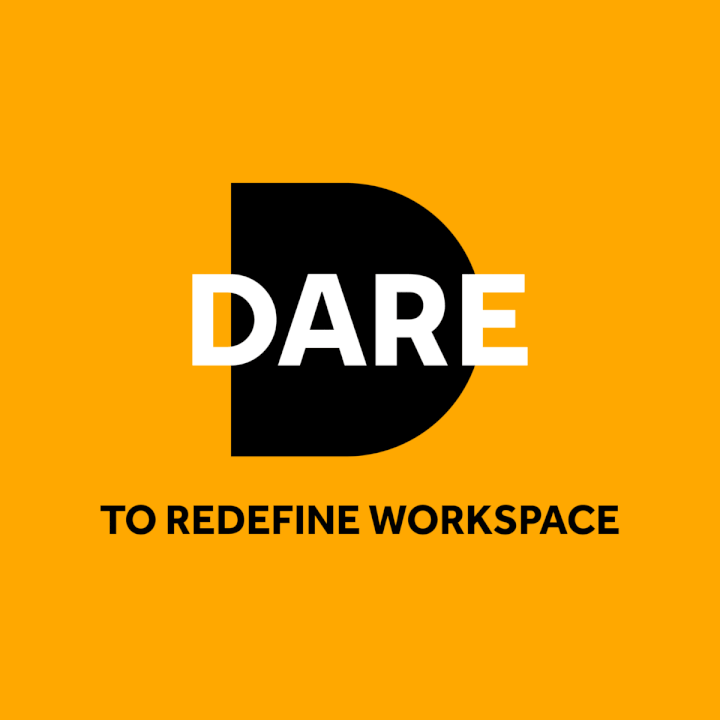I have been reading so many articles/books related to happiness in the workplace recently, it is a subject which has also attracted considerable research which outputs all kinds of data and impressive statistics. Most of this research focuses around the impact that happiness has on productivity with all research pointing in one direction; happy employees are more productive. And so starts the quest by companies to put greater emphasis on employee happiness and well-being in the workplace. As environment is a major influence on mood this is fantastic news for workplace design. Finally there is a real interest in creating work environments that are really beneficial to the people that occupy them, rather than seeing the workplace in terms of real estate and dollars and cents.

Unfortunately for most designers and design firms this will mean we will have to completely rethink how we design workplaces. It will also mean that most companies will have to rethink the way they procure and provide working environments. Currently workplaces are procured and provided by a whole host of real estate and facilities professionals from strategists to agents, project managers and designers. Involvement from the occupants is normally restricted to their real estate or facilities team with token staff members who are identified to participate as project sponsors but rarely do project sponsors represent the workforce. Members of the workforce are typically engaged after all critical decisions have been made and usually a small number of individuals are selected as change agents to participate in the change management piece rather than being involved in the actual process of creating the workplace. However, the research proves that this approach will not succeed in increasing happiness of employees.

For the environment to impact the happiness of an individual and impact that persons productivity it would appear that all the research suggests that people need to be given a degree of control or at least the feeling of control over their environment. Employees who control the layout and design of their workplace are happier and healthier and 32% more productive. It really shouldn’t take a research study to make this evident as it really is just common sense. People generally perform better when they are in a comfortable environment but comfort is subjective and really specific to the individual so the individual needs control. The approach at present of seeing the workforce as a large body of people where we can cherry pick a few to involve in the process as representative of the body of employees is completely wrong. Instead we need to engage in wide scale consultation with employees about what really matters to them and give them back a degree of control over the environment they work in.
The emergence of Change Management as a profession is simply testament to the fact that companies know they are providing working environments that won’t make their employees happy so much so that they have to engage a specialist to persuade their employees to accept the changes to their environment that are thrust on them by the team of professionals that “know better”. Change management is a symptom of a very broken process. If the process engaged the wider body of employees from the outset then change management would not be required. All human beings are happy to embrace change if that change is ultimately going to make their lives better, happier, more comfortable and more fullfilling they are also far more likely to embrace change and even drive changes that are needed at other levels in an organisation if they feel they are in control of the changes and can see the benefits. Involving employees in the process of design and making changes to their environment will also lead to more open minded and creative employees, that will be far more willing to consider “how to do things better” rather than “how things are done”
So how do we go about creating a work environment that contributes to the occupants happiness I think we need to look at the process differently. As Neil Pasricha author of The Happiness Equation has said “we think happiness is a destination, when actually it is a starting point. It enables all the positive outcomes in our lives if we choose to do it first.” So if we approach the creation of workspace with the objective of generating happiness it will likely fail we need to approach the process by generating the happiness first this will only happen with broad level engagement and human interaction.





